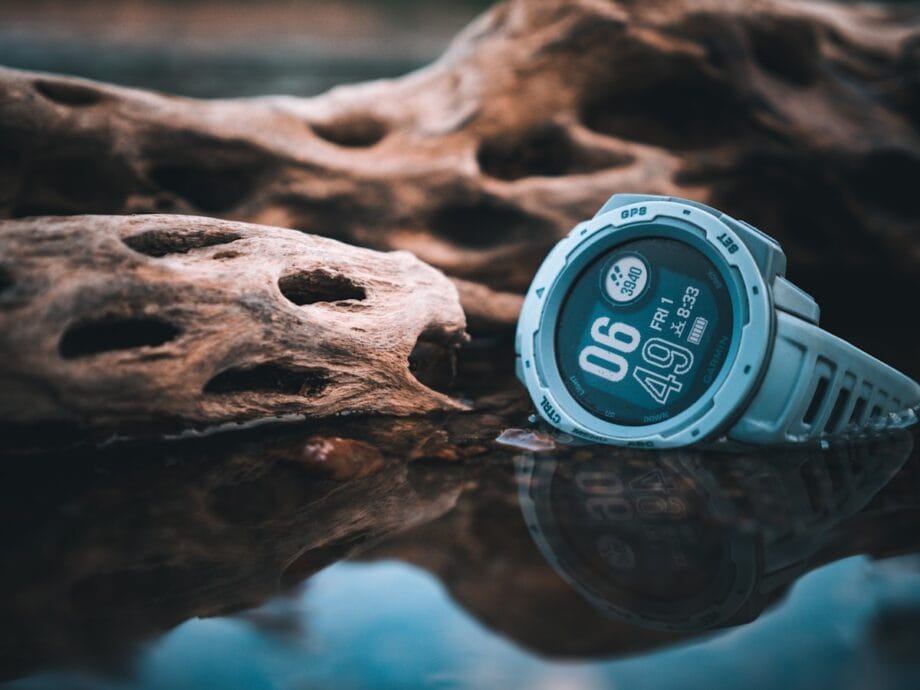Garmin Unveils Fenix 8 Pro: A Leap in Smartwatch Connectivity
Garmin has officially launched the Fenix 8 Pro, a cutting-edge fitness and outdoor smartwatch that integrates LTE and satellite connectivity, enabling users to leave their mobile phones behind while remaining connected in remote areas. The “top-end” model carries a formidable price tag of US$2,000, a detail worthy of further exploration.
At its core, the Fenix 8 Pro is engineered to facilitate phone calls, text messages, and voice communications via LTE. Garmin’s innovative LiveTrack features allow users to share their travel routes and current locations in real time. Additionally, it provides localized weather updates and operates seamlessly across global regions. For those venturing deep into the wilderness, the watch can connect to satellites, enabling check-ins, emergency messages, and standard texts.
This advanced functionality is powered by Garmin’s InReach subscription service, commencing at $7.99 per month for LTE-M and satellite connectivity, encompassing calling and texting capabilities. Individual users will incur costs for satellite check-ins and texts when beyond cellular coverage, though premium plans at $49.99 per month offer unlimited satellite messaging.
Differentiating itself from other satellite navigation devices, which utilize Low Earth Orbit networks to provide global coverage, the Fenix 8 Pro operates on a Geostationary Earth Orbit system. This approach features a single satellite per region, particularly from Skylo’s constellation over the United States and Europe.
Onboard LTE empowers you to communicate and share your location without the cumbersome necessity of a phone when exploring remote territories.
Each satellite maintains a fixed position, thereby necessitating that users find unobstructed vantage points to ensure service. Garmin asserts that users can expect message transmission and location coordinates within a mere 10 seconds when correctly oriented.
The Fenix 8 Pro is equipped with a fall detection feature that autonomously initiates an SOS, while users can also manually activate this feature. Garmin Response coordinators will promptly alert 911, ensuring emergency services reach the user without delay.
The 8 Pro model allows users to transmit texts and SOS signals via satellite, using both an on-screen keyboard and pre-set messages for emergencies.
If users opt to retain their phones, the Fenix 8 Pro adeptly defaults to mobile service via Bluetooth, seamlessly transitioning to its LTE and satellite networks when conditions dictate.
While the incorporation of satellite services represents a significant advancement for an outdoor smartwatch, it is disappointing that Garmin has encumbered emergency satellite messaging with a subscription fee, particularly when competing offerings, such as Google’s Pixel Watch 4 LTE edition, provide similar features without charge.
Additional Features of the Fenix 8 Pro
The Fenix 8 Pro lineup comprises three distinct models: two with AMOLED displays available in 47 mm and 51 mm sizes, and a 51 mm MicroLED variant that promises exceptional brightness outdoors.
All three appealing models in the Fenix 8 Pro collection are dive-rated, featuring titanium bezels, leak-resistant buttons, and sapphire glass that resists scratches.
Each model is adorned with titanium bezels and inherits Garmin’s extensive suite of fitness tracking and navigation tools. They also include onboard music storage, contactless payment functionality, an LED flashlight, and durable sapphire glass.
A Closer Look at the MicroLED Display
Garmin asserts that its MicroLED display—potentially the first of its kind on a smartwatch—incorporates over 400,000 individual LEDs to achieve a brightness of 4,500 nits. This feature is designed to enhance visibility in bright conditions and from various angles.
However, outdoor equipment reviewer Ray Maker highlighted that this screen does not significantly outperform the AMOLED variant in practical use.
Garmin touts the MicroLED’s brightness across angles, but it falls short of being a game-changing feature in practical scenarios.
Additionally, the MicroLED variant boasts a notably shorter battery life compared to its AMOLED counterpart—offering only four days in always-on smartwatch mode compared to an impressive 15 days with the 51 mm AMOLED model.

It is exclusive to the largest 51 mm size, is the thickest at 17.5 mm, and the heaviest at 93 grams (3.28 ounces), making it less suitable for wrists of smaller dimensions, including many women.
Compounding these concerns, the MicroLED model comes with a significantly higher price point. The 47 mm AMOLED variant retails for $1,200, while the 51 mm AMOLED is available for $1,300. The MicroLED version, in stark contrast, is priced at $2,000.
With compromised battery life, a bulkier design, and minimal advantages over Garmin’s other robust options, this model poses a tough sell.
The MicroLED edition offers inferior battery life, a bulkier design, and a steep price in comparison.
Nevertheless, the Fenix 8 Pro lineup presents an intriguing option for outdoor enthusiasts seeking connectivity without the addition of cumbersome equipment.
Explore the Fenix 8 Pro on Garmin’s official site, with all models set to be available starting September 8.
Source link: Newatlas.com.






